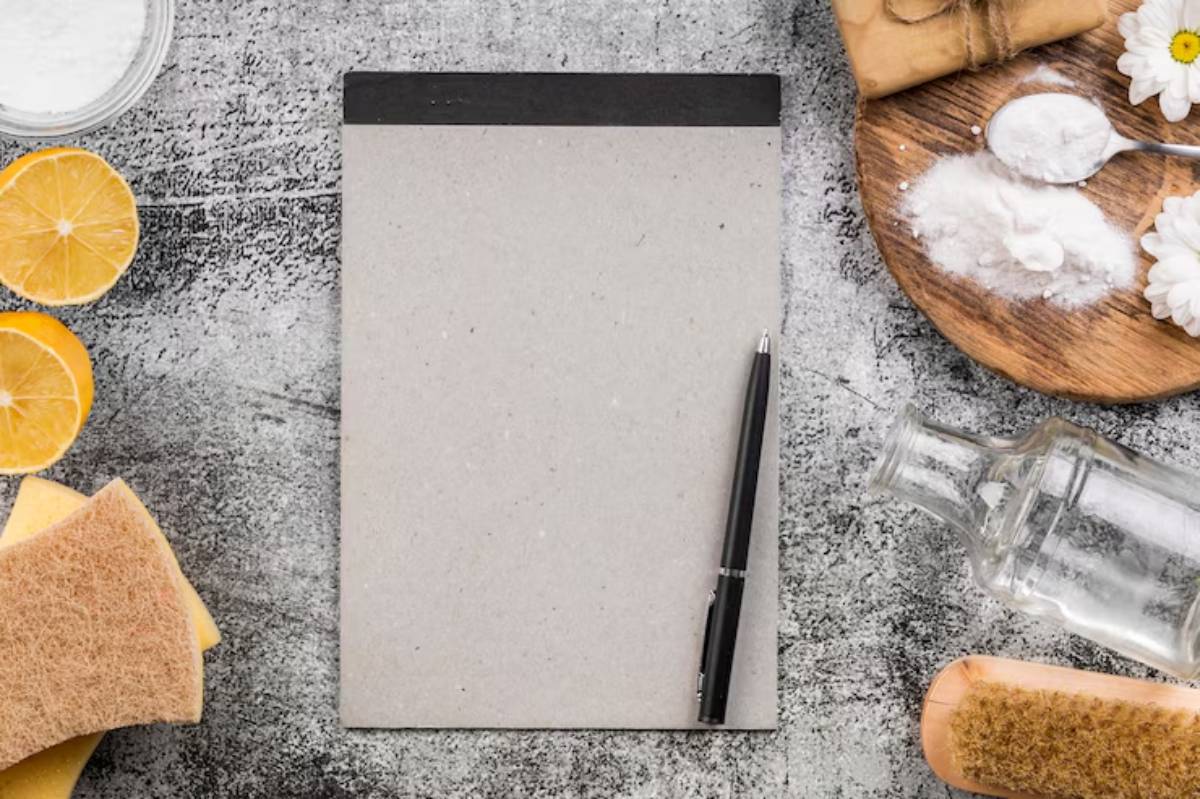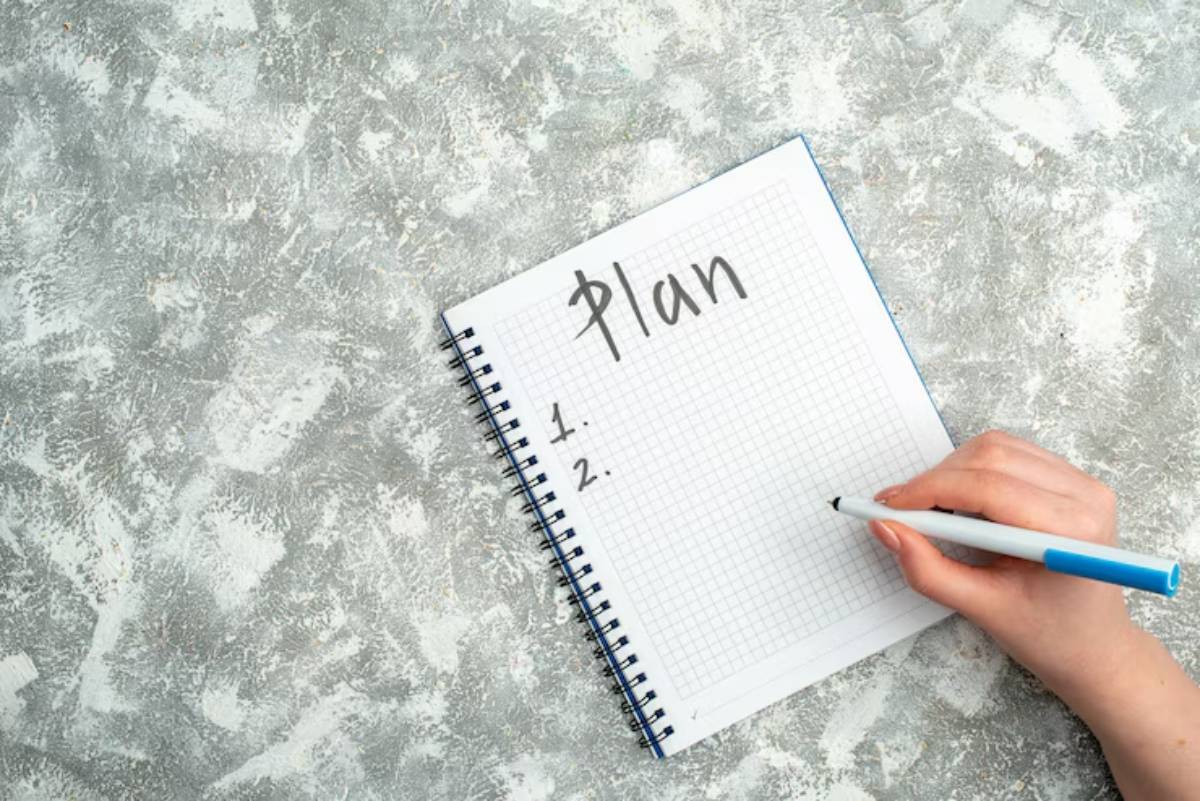
How to Build an Anti-Procrastination Morning Routine
It’s 8:00 AM. You hit snooze again. Before you know it, half the morning is gone, and your to-do list looks more like a wish list. Sound familiar?
We’ve all been there. Mornings often set the tone for the rest of your day, and when they begin with indecision, delay, or distraction, it’s hard to recover momentum. But what if you could create a routine that actively resists procrastination from the moment you wake?
This guide is designed to help you build an anti-procrastination morning routine rooted in habit design and behavioural science. You’ll learn how to start the day focused, energised, and in control without superhuman discipline.
Understanding the Psychology Behind Procrastination Mornings
To design a better morning, we must first understand what fuels delays in the early hours.
What Causes Morning Procrastination?

Procrastination is not laziness, it’s often a form of emotional self-regulation.
In the morning, common triggers include:
- Decision fatigue: Too many options before coffee leads to avoidance.
- Lack of structure: When nothing is planned, everything becomes negotiable.
- Low energy or poor sleep: Mental fog increases resistance to effort.
- Unclear goals: Vague intentions like “be productive” don’t motivate action.
According to Dr Tim Pychyl, a researcher on procrastination, we delay tasks when we see them as emotionally unpleasant. Morning routines that require big decisions or cold starts only increase resistance.
For a deeper dive into planning your time effectively, read about Reducing Micro-Decisions to Beat Procrastination.
Pro Tip: Use a smart alarm that simulates sunrise and gradually increases light 30 minutes before waking.
Quick Guide: Crafting Your Anti-Procrastination Routine
- Set a wake-up cue that’s consistent and rewarding
- Avoid decision-making by preparing the night before
- Move your body to shift your brain out of sluggish mode
- Create a frictionless first task to activate momentum
- Use time anchors to guide each activity
- End with a transition ritual that shifts you into work mode
Necessary: Avoid checking your phone immediately—dopamine hits from notifications can derail your focus.
Step-by-Step Guide: Designing Your Anti-Procrastination Morning
1. Set a Consistent Wake-Up Cue
Start by choosing a cue that triggers waking up. This might be a sunrise lamp, a song, or a scent. The goal is to make mornings feel less like a chore and more like a gentle nudge.
2. Eliminate Morning Decisions the Night Before
The fewer choices you make in the morning, the more energy you conserve. Prepare clothes, breakfast, and a priority list the night before.
Pro Tip: Set your “first action” item on a sticky note and place it on your bathroom mirror or coffee pot.
Warning: Don’t over-plan—overloading your to-do list leads to overwhelm and avoidance.
3. Include Light Physical Movement
You don’t need a complete workout—just something to wake the body and reduce mental fog. Stretching, a brisk walk, or 5–10 minutes of yoga is enough.
Why it works: Movement increases blood flow to the brain and releases endorphins that improve mood and motivation.
4. Build a Frictionless First Task
Your first work-related action should be so simple it feels like a warm-up. The goal is to build psychological momentum.
Examples:
- Open the document you need to write—just open it
- Read one email—not the inbox, just one
- Write one line in your planner
Pro Tip: Anchor this task to a consistent trigger (e.g., “after tea, I write one sentence”).
5. Use Time Anchors, Not Strict Schedules
Instead of rigidly timed blocks, use relative time anchors (e.g., “after breakfast…” or “before I check email…”) to reduce anxiety and allow flow.
This makes your routine flexible but still structured—ideal for battling procrastination without triggering perfectionism.
6. End with a Work Transition Ritual
Design a final step that signals “work mode is starting now.” This could be:
- Lighting a candle at your desk
- Pressing play on a focus playlist
- Writing a one-sentence intention
Important: Do this daily, even on low-motivation days. Rituals build strong behavioural associations.
Best Practices to Reinforce Consistency
Create a “Routine Stack”
Link morning habits together in a consistent sequence. For example:
Wake > Wash face > Tea > 5-min walk > Read note > One-line journal > Start work
This takes advantage of habit chaining, where completing one behaviour triggers the next.
Use Environment Design

Place visual or physical cues that remind you of each step:
- Shoes by the bed
- Journal on the kitchen table
- The tea mug next to your task list
This reduces reliance on willpower and increases automaticity.
Accept the 80% Rule.
A routine doesn’t have to be perfect. It’s better to complete 80% daily than aim for 100% and burn out.
Real-Life Scenario: Sam’s Morning Reset
Sam, a freelance graphic designer, struggled with chaotic mornings and started work by noon most days. After introducing a simplified version of this routine:
- Wake-up time stabilised at 7:30 AM
- First work task now starts by 8:15
- Procrastination episodes dropped by 60% over 4 weeks
Takeaway: Small, intentional changes in the first hour can shift the entire workday trajectory.
FAQs
What is a procrastination-proof morning routine?
It’s a structured, repeatable sequence of activities designed to reduce decision fatigue, increase motivation, and build momentum early in the day.
Why do I procrastinate more in the morning?
Mornings often trigger indecision and overwhelm due to low energy, lack of structure, or unclear priorities—all common procrastination triggers.
Can night owls build effective morning routines?
Yes. Morning routines don’t have to start at 5 AM. The key is consistency and structuring your first waking hour, whatever time.
What’s the best first task to beat procrastination?
Choose a “micro-task” that is easy to complete—writing one sentence, opening a tab, or reviewing your planner. Success breeds momentum.
How long does it take to form a morning routine habit?
Studies suggest that it takes an average of 66 days to form a habit. However, routines with strong cues and rewards may stick sooner.
Build Your Morning Momentum, One Step at a Time
Your mornings don’t need to start with guilt or dread. By applying habit design principles and building a routine tailored to your best functioning, you can start each day with clarity and focus.
The transformation isn’t overnight, but the shift from chaotic to intentional mornings begins with just one decision today.
Start now: Choose one action—set your clothes out, write a sticky note, or prep your playlist: small steps, considerable momentum.
If you’re curious about broader emotional blocks, emotional avoidance can drive procrastination in hidden ways.


